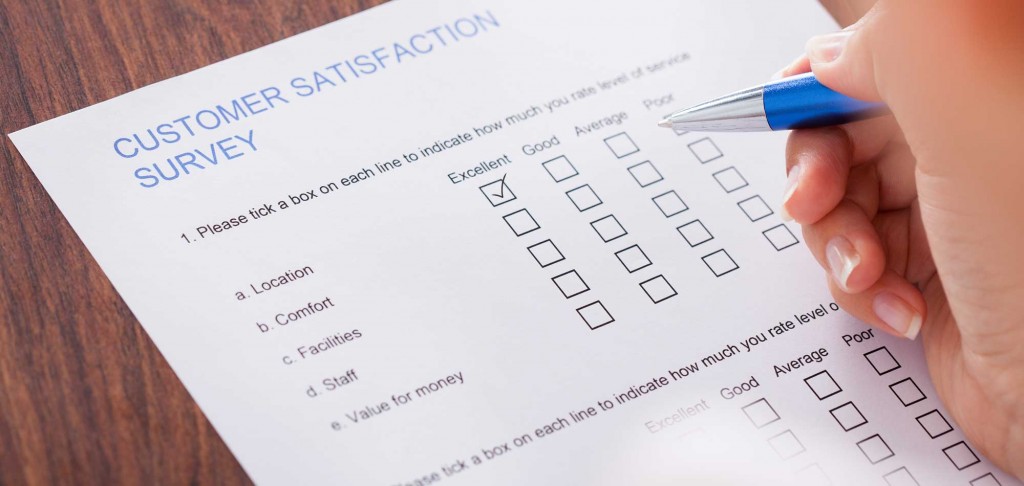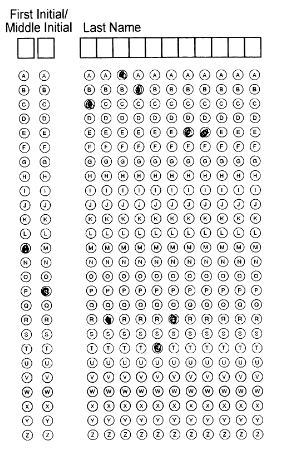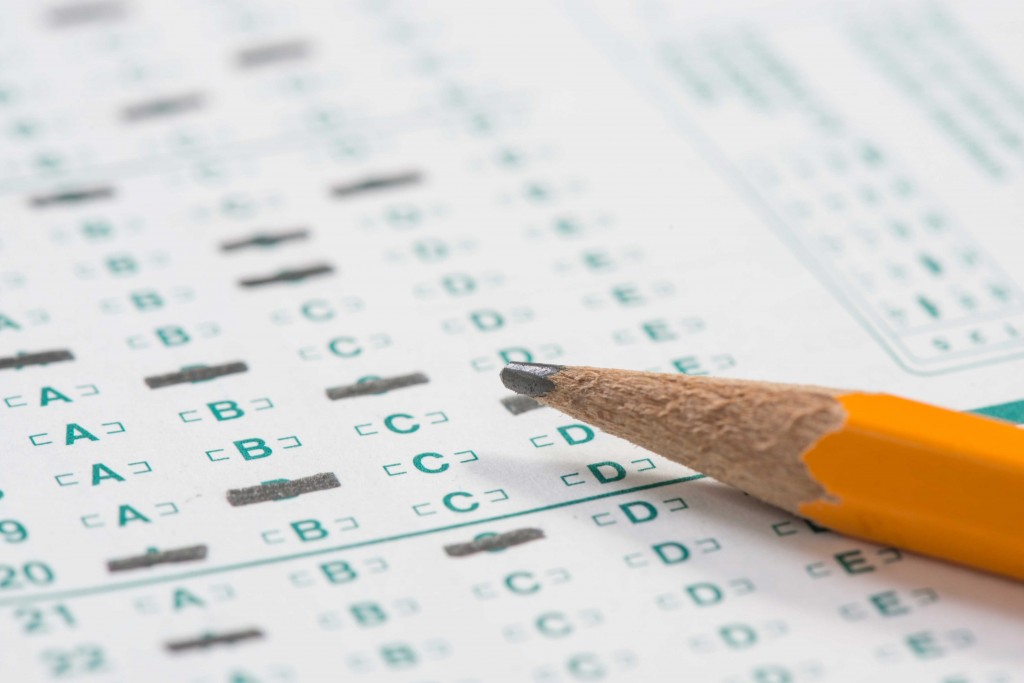What is Optical Mark Recognition (OMR)?
OMR stands for Optical Mark Recognition. OMR allows you to read any “fill-in-the-bubble” type forms. Tests, surveys, elections, questionnaires, course evaluations, and many more types of forms require the use of OMR.



